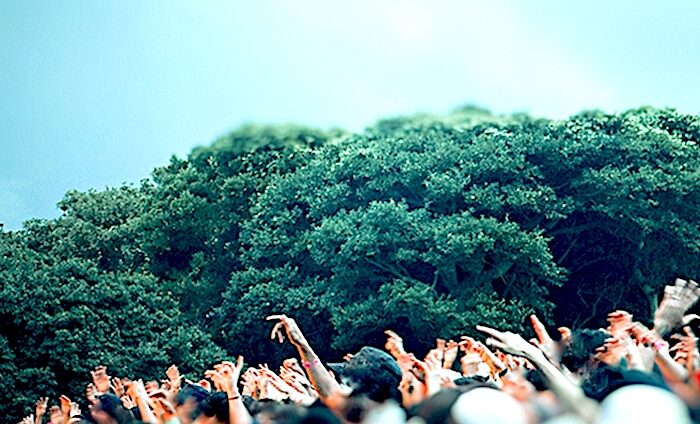I'd been beginning to wonder. In my experience, kids of about university age have been priggish and obedient about the government's rules during lockdown. 'Why can't they just get off their faces on drink, drugs and repetitive beats, like my generation did at that age?' I've often mused.
Well, thank goodness that's exactly what some of them are doing. Last month alone, the Metropolitan Police claim there were as many as 500 illegal raves across London. According to the government this represents a threat that deserves £10,000 fines for the organisers. But if you ask me, it's about time we had a backlash to the grim authoritarianism of the past six months — especially a backlash motivated by pure hedonism rather than politics.
That's what the rave movement was about, back in the day. Sure, some like to claim otherwise: that raves were political in the way that Black Lives Matter is political. But they weren't. All that mattered was scoring the right pills, getting to the right location, and then dancing your tits off with a bunch of like-minded people till sunrise. The only political thing about it was that, after the infamous Castlemorton Common Festival of 1992, John Major's government made such events illegal, so that all of a sudden, if you were young, partying became an act of defiance against state authority.
Though it borrowed from the gay clubs of Chicago and Detroit and from the proto--electronica of German bands like Kraftwerk, the rave scene was largely a British invention — the result of DJs coming back in the late 1980s from a stint in Ibiza under the influence of MDMA and trying to recreate the experience on a larger scale in the UK.
It took off like wildfire, not least because MDMA (aka Ecstasy; aka E — as in 'Eeezer Goode. Eeezer Goode. 'E's Ebeneezer Goode') gives you a kind of brain damage which renders you permanently addicted to repetitive beats and bleepy noises. Also, it fills you with radiating warmth and love so that everyone around you in the club — or warehouse, or field somewhere off the M25 — becomes your instant best friend.
I remember a typical loved-up conversation with some random bloke stroking my arm in the chill-out zone of Love, an acid-house club night at the Wag in London in about 1988. Before discovering E, he told me, he'd been a vicious football hooligan who would never have talked to someone like me. That's how it was: black, white, gay, straight, male or female, we were all on the same happy trip.
The music at raves these days is harder, faster, more aggressive — drum'n'bass, mainly — and the drug mix, from cocaine to ketamine, is more eclectic. Clearly, if one of these events happened on your doorstep and you were trying to sleep, it would be jolly annoying. But from where I'm sitting, these rave kids have the true rebellious spirit of youth: the Gentleman in Whitehall has told them they've got to kill their social lives; they've told the Gentleman in Whitehall exactly where he can shove it.
About the Author:
James Delingpole is The Spectator's TV critic.




Reader Comments
Give me organic culture any day.
Also, I figured and hoped I'd see a comment from you on this.
RC
Why bother joining Twitter and standing on a pillar in the desert like fricking Simon Stylites or whatever when you can get your own brilliant scene together that makes all the other garbage around you completely redundant?
I used to do that kind of thing just for a night out.
Thanks.
RC